What is
Upledger CranioSacral Therapy?
ONE OF MANUAL
THERAPY METHODS
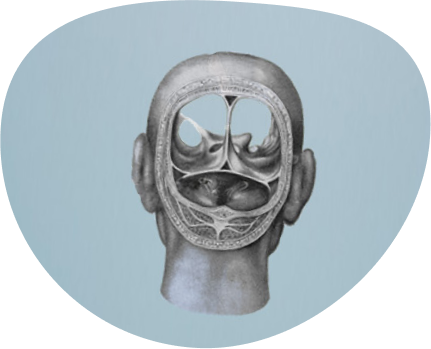
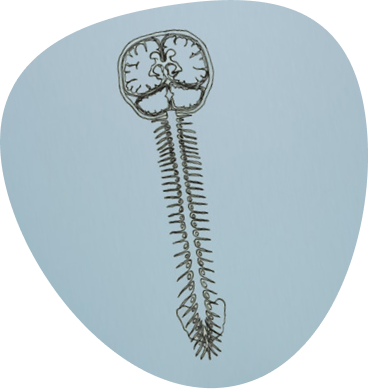
Through non-invasive palpation of particular structures, the therapist influences the function of the craniosacral system, and thus the function of the nervous, muscular, fascial, skeletal, endocrine, digestive, respiratory, and lymphatic systems. Upledger CranioSacral Therapy supports and enhances the body's natural self-healing mechanisms, making it suitable for patients of all ages and conditions. The appropriately adjusted techniques allow for therapy to be conducted for both children and the elderly.
The craniosacral system affects the proper development and functioning of the central nervous system. It consists of structures that surround, support, and protect the brain and spinal cord. These include, for example, the bones of the skull, the meninges of the brain and spinal cord, and cerebrospinal fluid. These are the structures that the craniosacral therapist works with.
SomatoEmotional Release®
A craniosacral therapist does not limit their work to the patient's body alone but addresses the entire person. Here, we use a unique psychosomatic approach developed by Dr. Upledger, known as SomatoEmotional Release®. This method is particularly effective for patients for whom bodywork alone is not sufficient. It is applied in cases of trauma, PTSD, challenging life experiences, as well as in the treatment of depression, severe anxiety, or insomnia.
THERAPY
SESSION
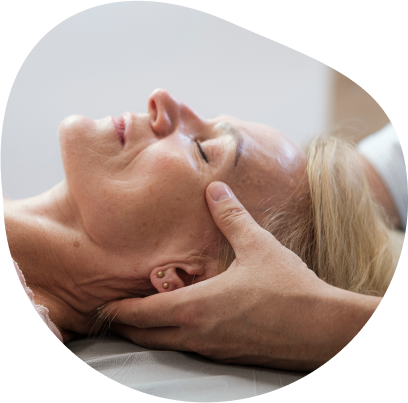
During a therapy session, the patient usually lies on their back and remains fully clothed throughout the entire session.
The therapist conducts a gentle, non-invasive examination of the entire body to assess its condition. The range of techniques used in Upledger CranioSacral Therapy is broad. It may include a subtle contact of one or both of the therapist's hands with the patient's body, precise compression of specific points or traction of cranial bones in the areas of restricted mobility, working with the involuntary movements of the patient's body, directing the energy field, or any combination of these. While many techniques focus on the membranes surrounding the brain and the spinal cord, other parts of the body also influence their function, which is why the therapist assesses the entire body.
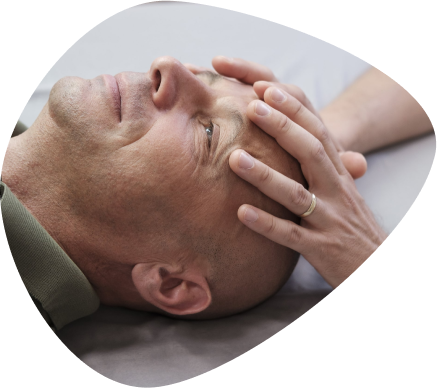
In therapy, it is important that the therapist's hands-on work is integrated with the perception of sensations from the patient's skeletal system, although the primary focus is on the soft tissues and fluid flow. The body's health largely depends on proper movement and circulation of fluids, which is why optimizing this flow supports physiological processes and activates self-healing mechanisms.
The therapist reduces restrictions in the connective tissue, improving its flexibility, suppleness, and hydration, which can be helpful in the treatment of injuries, inflammation, or other pathologies.
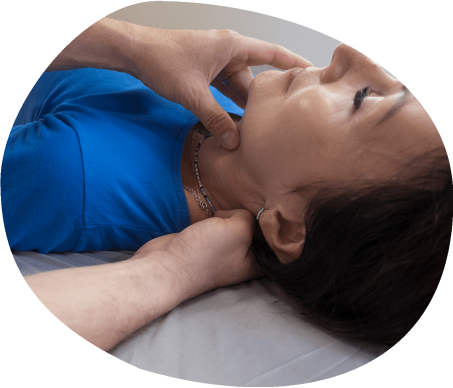

A CranioSacral Therapy session combines knowledge of anatomy, physiology, and biomechanics with a creative therapeutic approach. The final outcome of the therapy largely depends on the cooperation between the patient and the therapist. The therapist acts as a facilitator—supporting the patient’s natural self-healing abilities, often referred to as the “Inner Physician,” using palpation and communication skills. They help the patient activate all possible healing mechanisms within their body so that the patient can achieve an optimal state of health.
